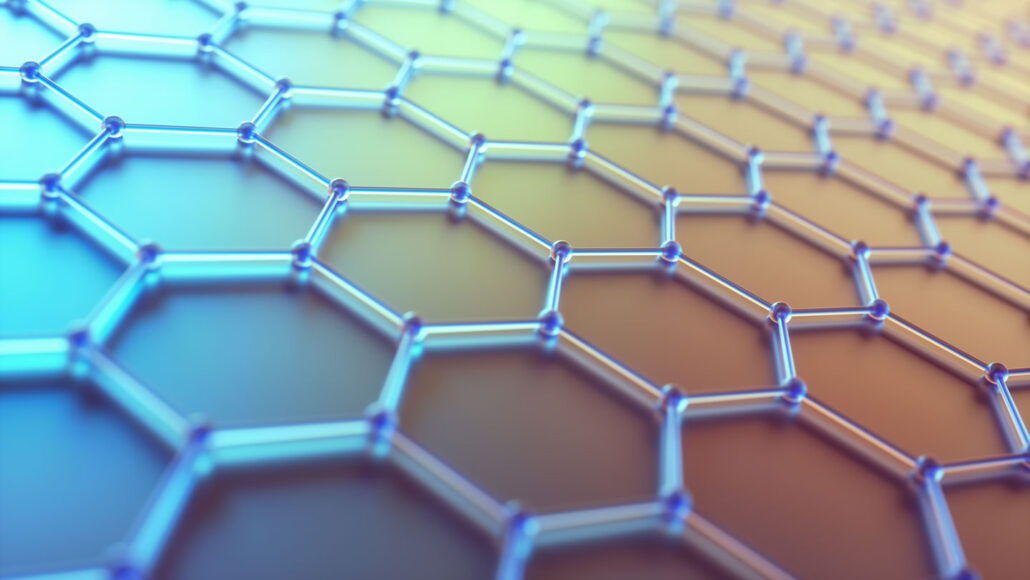
Materials Science
Scientists Say: 2-D Material
Two-dimensional materials such as graphene could improve electronics, carbon capture and more.
Come explore with us!

Two-dimensional materials such as graphene could improve electronics, carbon capture and more.
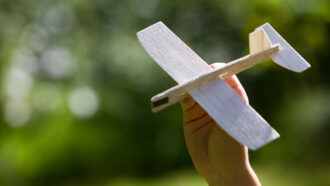
Researchers in Sweden coaxed wood to conduct electricity, then used it to make a climate-friendlier building block of electronics.
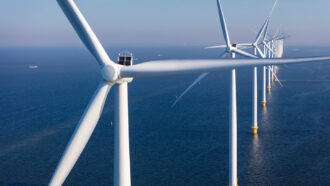
Offshore wind farms cost more than onshore ones. But their ability to make ‘green’ hydrogen and capture carbon dioxide could help this wind power pay off.

To slow global warming, we’ll need help from CO2-trapping materials. Enter MXenes. They’re strong and reactive — and they love to eat up CO2.
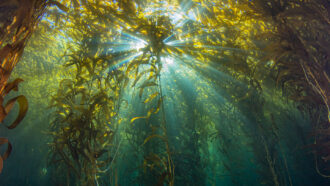
Giant kelp are at risk due to climate change and human activities. In New Zealand, a community effort is rebuilding these underwater algal forests.

A new coating made from a renewable resource — water-loving nanoparticles made from wood — could keep glass surfaces fog-free.
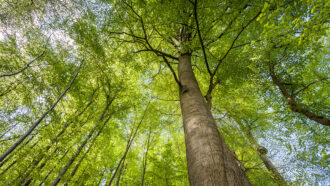
This cellulose and lignin, two major building blocks of trees, could lead to greener electronics.
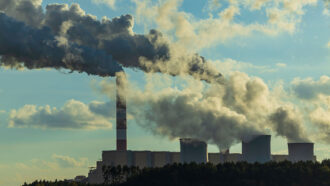
Engineers have found a material that can collect carbon dioxide from the air. When later mixed with water, it forms baking soda that can be shed in the sea.
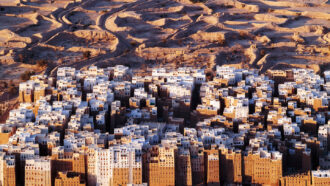
The salty gel absorbs more water from the air than similar gels, even in desert climates. This could provide clean water for drinking or farming.
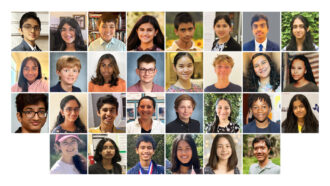
Finalists in the 2023 Thermo Fisher Scientific Junior Innovators Challenge are doing projects that aim to help others.